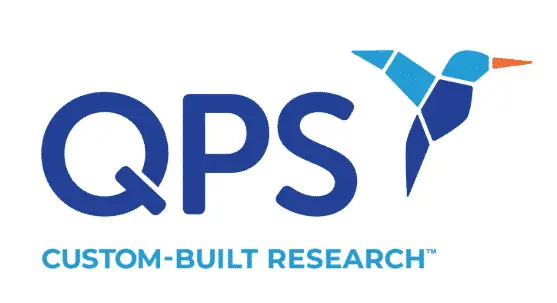What is it?
An anti-drug antibody, ADA, is an antibody that binds to the therapeutic drug. They are formed as an immune response when a drug is administered to a patient’s body. The problem that arises with ADAs is that they also have the potential to be immunogenic themselves. Once the ADAs are formed, they try to fight off these ‘foreign’ molecules that entered. The drug now has an additional challenge when trying to reach its target to treat a specific disease. The ADA can bind to the drug, creating a drug-bound ADA complex. This can potentially neutralize the pharmacological activity of the drug, and they are both eventually eliminated from the body. This has the potential to not only be harmful to the patient but can also diminish the clinical benefit of the drug.
ADA’s formation and effect has been thoroughly studied regarding biological drugs, known as biologics. Biologics are composed of proteins, making them large molecule drugs. These proteins are highly specific and have a high affinity for their targets. Oligonucleotide therapeutics, ONTs, are a newer class of therapeutics that are synthetically prepared. They are relatively small nucleic acids oligomers, composed of between 13 to 25 nucleotides. A special feature of these newer ONTs is that for the drug to be pharmacologically active, it must bind to its associated intracellular RNA. Thus, if an issue arises before the target is reached inside the cell, the drug will not activate, and the molecules are eventually eliminated from the body. This leads to the discussion of two most important considerations when it comes to the feasibility and success of therapeutic: safety and efficacy.
Why is it important?
ONTs have been chemically modified over the course of the last four decades to overcome physicochemical characteristics that resulted in unfavorable pharmacokinetic properties. Some of these included poor uptakes through the membrane and low binding affinity to the target mRNA. These chemical modifications have not only made the drug more effective but is seen that they also decreased the likelihood of both off-target binding and the potential for triggering an immunogenic response.
Safety Assessment:
Immunogenicity testing helps determine whether the oligonucleotide molecule has the potential to induce an immune response that could lead to adverse effects in patients. This is especially important for ONTs intended for long-term or repeated administration. With the patient’s safety as the number one priority, these chemical modifications decrease the likelihood of an immunogenic response, which also decreases the chances that the patient’s health will be at risk.
Efficacy Considerations:
Immune responses triggered by oligonucleotides can interfere with their intended therapeutic effects. For example, if an oligonucleotide is rapidly cleared from the body due to immune recognition, it may not reach its target site or have the desired pharmacological effect. Evaluating immunogenicity helps assess the potential impact on efficacy. Loss of efficacy is another concern because if the molecule is modified significantly enough that it generates an immunogenic response, there is a reduced exposure of the therapeutic to the intended target, diminishing its functionality as well.
Regulatory Requirements:
Regulatory authorities, such as the U.S. Food and Drug Administration (FDA) and the European Medicines Agency (EMA), require immunogenicity data as part of the submission process for investigational new drugs (INDs) or new drug applications (NDAs). These agencies aim to ensure that the potential immunogenicity of ONTs is thoroughly evaluated and appropriately managed.
How are they detected and measured?
To develop an anti-drug antibody against oligonucleotide therapeutics, there are three components that are required. The first is the oligonucleotide itself which is used to capture any potential anti-oligonucleotide antibodies. The second component is to generate surrogate anti- oligonucleotide antibody from nonclinical species as the positive control. Many commercial vendors have developed this capability in recent years. The final component is to identify proper detection antibodies/proteins which are often commercially available or through custom labeling. Due to there being a possibility of ADA formation, immunogenicity should be tested regardless. This is not only to ensure the safety of the patient, but also to monitor the efficacy of the drug. With extensive experience with ONTs and years of scientific experience, QPS is the company to partner with to develop a customized anti-oligonucleotide antibody assay.
Summary
ONTs, especially those delivered systemically, can be recognized as foreign substances by the immune system. When introduced into the body, they may trigger an immune response, leading to the production of antibodies against the oligonucleotide or an activation of immune cells. The potential production of antibodies after the administration of an oligonucleotide warrants the need to develop assays that can detect the rate of formation and concentration of ADAs that form. These assays are critical for ensuring the patient remains safe and the drug functions properly.
QPS is a GLP- and GCP-compliant contract research organization (CRO) delivering the highest grade of discovery, preclinical and clinical drug research development services. Since 1995, it has grown from a tiny bioanalysis shop to a full-service CRO with 1,100+ employees in the U.S., Europe and Asia. Today, QPS offers expanded pharmaceutical contract R&D services with special expertise in neuropharmacology, DMPK, toxicology, bioanalysis, translational medicine and clinical development. An award-winning leader focused on bioanalytics and clinical trials, QPS is known for proven quality standards, technical expertise, a flexible approach to research, client satisfaction and turnkey laboratories and facilities. Through continual enhancements in capacities and resources, QPS stands tall in its commitment to delivering superior quality, skilled performance and trusted service to its valued customers. For more information, visit www.qps.com or email info@qps.com.








